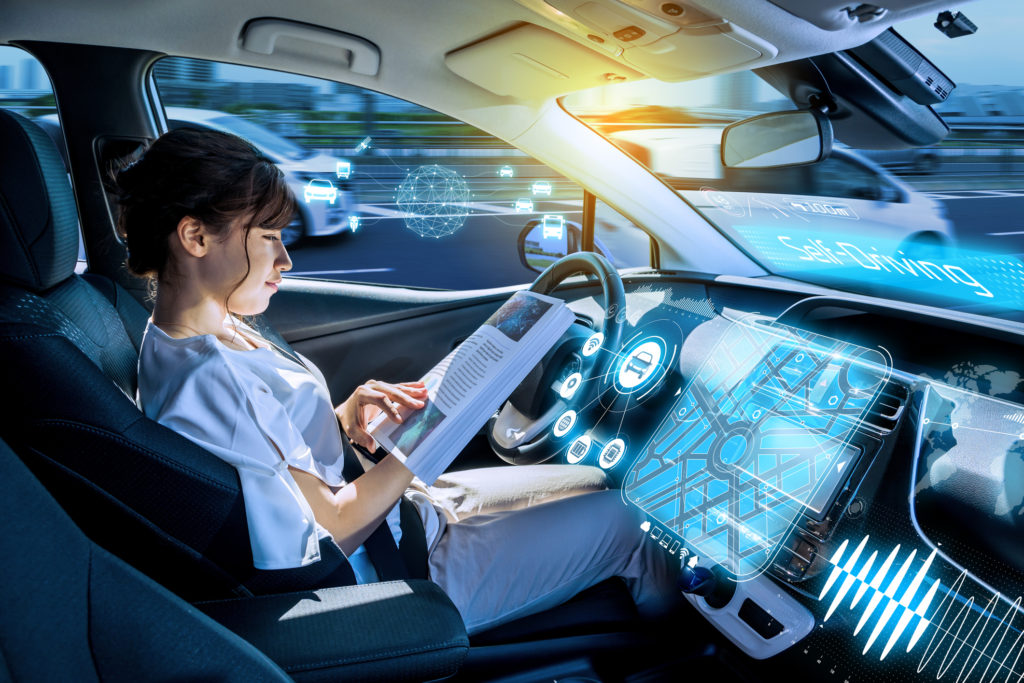Introduction
The emergence of autonomous vehicles represents a technological revolution that promises to transform the way we travel, offering the potential for safer, more efficient, and convenient transportation. In this article, we will explore the fascinating world of autonomous vehicles, from their underlying technologies to their impact on society, industries, and the future of mobility.
Technologies Powering Autonomous Vehicles
- Sensors: Autonomous vehicles use a combination of sensors, including lidar, radar, cameras, and ultrasonic sensors, to perceive their surroundings. These sensors provide real-time data to the vehicle’s AI systems.
- AI and Machine Learning: Advanced AI algorithms and machine learning models process sensor data to make driving decisions. They continuously learn and adapt to different road conditions and scenarios.
- Connectivity: Autonomous vehicles often rely on high-speed internet connectivity to access real-time traffic data, map updates, and communicate with other vehicles and infrastructure.
- HD Mapping: High-definition mapping systems provide precise, up-to-date information about the road network, lane markings, traffic signals, and other critical details.
Impact on Society
- Safety: Autonomous vehicles have the potential to significantly reduce accidents caused by human error, such as distracted or impaired driving.
- Accessibility: Self-driving cars can provide mobility solutions for individuals with disabilities or those who are unable to drive due to age or other factors.
- Traffic Reduction: Optimized traffic flow and reduced congestion can result from autonomous vehicles’ ability to communicate with each other and traffic infrastructure.
- Environmental Benefits: Smoother driving patterns and more efficient routes can lead to reduced fuel consumption and lower emissions.
Challenges and Considerations
- Regulatory Framework: Developing comprehensive regulations that ensure safety while fostering innovation is a significant challenge for governments.
- Ethical Dilemmas: Autonomous vehicles may face situations where they must make ethical decisions, such as prioritizing the safety of occupants or pedestrians.
- Data Privacy and Security: Collecting and processing vast amounts of data raises concerns about privacy and cybersecurity.
- Infrastructure Adaptation: Existing road infrastructure may need upgrades to support autonomous vehicles, including improved road markings and upgraded traffic signals.
Conclusion
Autonomous vehicles hold the promise of a safer, more efficient, and accessible future of transportation. While technological advancements are rapidly propelling us towards this future, numerous challenges and considerations must be addressed to ensure a seamless transition. The road ahead may be filled with twists and turns, but as autonomous vehicles continue to evolve, they have the potential to revolutionize how we move, work, and live in the years to come.




